A computer operating system handles interactions between the hardware and software along with other functions like handling processes and memory.
Every mobile, computer, or similar electronic device comes with a particular software or engine that you can call an operating system. This engine enhances the utility of computers or smartphones.
Windows OS, Linux, macOS, Android, iOS, and Ubuntu, is the most used OS in the market, but what about the others?
Apart from them, there are many operating systems available in the market that most people aren’t aware of.
Whether you are an individual, a small business, or a large enterprise, using a suitable operating system is crucial.
In this article, I’ll discuss different types of operating systems and their functions, advantages, and disadvantages.
Let’s start!
What Is an Operating System?
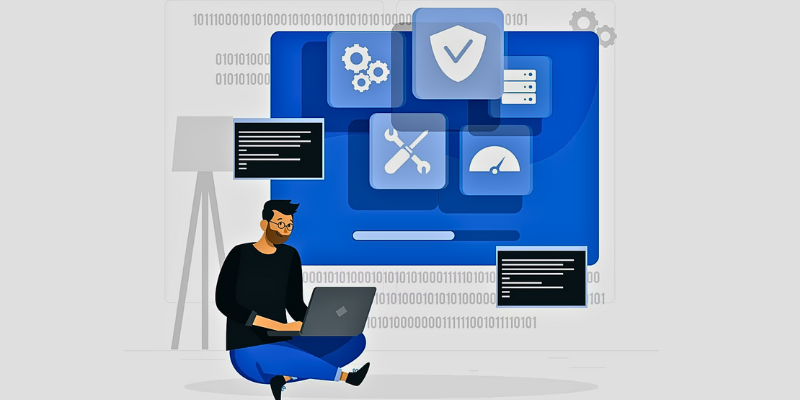
An operating system (OS) is software (or system software) to manage a computer’s hardware as well as software resources, providing common services for different computer programs.
An OS manages computer hardware or the physical components of a computer system like the outer case, keyboard, mouse, CPU, motherboard, graphics card, storage device, monitor, speaker, hard disk drive, etc.
To manage hardware functions (such as memory allocation, input, and output), the OS works as an intermediary between hardware and programs.
Similarly, an OS manages software resources – system software and application software. These include web browsers, device drivers, email programs, accounting software, media players, etc.
It monitors and controls the execution of other programs like system software and application programs that reside in the device.
The primary goals of an OS are:
- An OS enhances the use of the machine, enabling users to get started immediately and complete their tasks quickly without wasting time configuring the system from the start by themselves.
- The operating system ensures the efficient use of the resources. This is why configuring the system is not necessary.
- It is designed in a way that enables effective development, introduction of new features, testing, and more without service interference.
- It also ensures that resources are shared among various users and processes fairly.
Functions of Operating Systems

- Resource management: The OS manages CPU time, memory, and other resources and allocates them among the several programs running on the computer.
- Process management: The OS is responsible for managing, stopping, and starting programs and processes. It controls the process’s time.
- Memory management: It manages the computer’s memory and offers mechanisms for advancing memory usage.
- Job accounting: It tracks the resources and time used by different users for their tasks.
- Security: An operating system provides a safer environment for applications, data, and users by implementing several mechanisms and security policies, such as encryption, access controls, and more.
- Device management: The OS manages input and output devices, such as keyboards, mice, printers, and displays. In addition, it provides necessary interfaces and drivers to allow communication between the computer and external devices.
- Networking: The OS offers networking capabilities, including managing network connections, sharing resources, handling network protocols, and establishing connections between various networks.
- File management: The OS organizes and manages the file system, such as the creation, manipulation, and deletion of directories and files.
- Backup and recovery: The OS offers mechanisms to back up important data instantly and recover it in the case of system errors, disasters, and failures.
- User interface: An OS offers a user interface that allows users to interact with devices. These are Command-Line Interface (CLI), Graphical User Interface (GUI), or a combination of CLI and GUI.
- System calls: The OS provides system calls that allow an application to interact with an OS in order to access the resources. System calls offer a standard interface between the operating system and applications, ensuring compatibility and portability across several software and hardware platforms.
- Performance monitoring: The OS offers tools for optimizing and monitoring system performance, such as optimizing resource usage, identifying bottlenecks, and analyzing system metrics and logs.

- Virtualization: An OS has virtualization capabilities that let several operating systems and applications run on a physical machine. This enables flexibility in managing different workloads and efficiency in using resources.
- Time-sharing: An OS enables numerous users to share their computer system and resources with time-sharing mechanisms to allocate resources efficiently and fairly.
Types of Operating Systems
#1. Single Tasking OS
A single-tasking OS, also known as a single-user OS, is designed specifically for home computers. Here, only one user is allowed to perform a single task/work at a time. This OS is specially built for wireless phones and two-way messaging devices.
Features:
- Supports images and video downloads
- Allows you to print a document
- Offers input/output management
- Interprets user’s commands
Advantages:
- Consumes less memory
- It is cost-effective
Disadvantages:
- It can execute only one job/task at a time.
- Not sophisticated like others.
#2. Multi Tasking OS
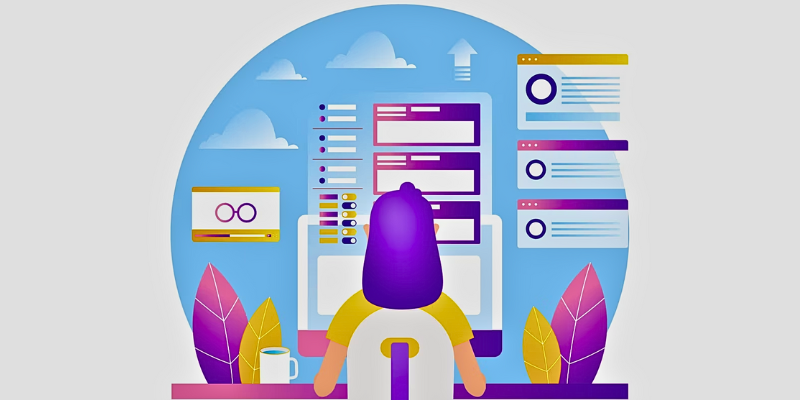
A multi-tasking OS allows a user to execute several programs at a time. This means a single user can perform multiple tasks/jobs at a time. This is generally found on laptops and personal computers. It is of two types:
- Pre-emptive: The OS calculates the central processing time by sharing a single slot with one of the programs.
- Co-operative: This can be achieved by depending on every process to give time to multiple methods in a defined array. For example, clicking images while making a video.
Features:
- Supports downloading images while watching movies
- Resource allocation
- Process management
- File management
Advantages:
- Saves time
- Productivity is higher in less time
- Memory used is less
Disadvantages:
- Requires more space
- It is more complex
#3. Batch Operating System
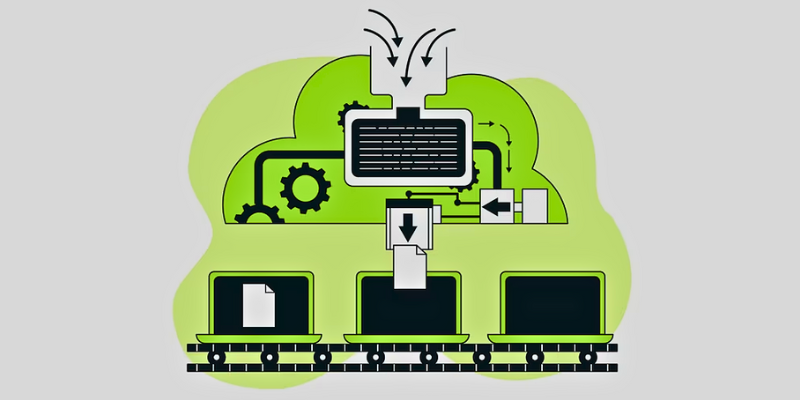
A batch OS doesn’t interact directly with the system. There is an operating system that takes jobs whose requirements are similar and groups them into several batches. Also, an operator’s work is to sort out different jobs with similar needs, for instance, bank statements, payroll systems, etc.
Features:
- Grouping of the jobs is based on similarities
- The CPU executes these jobs in a defined sequence arranged by an operator so that all the jobs can be done in a queue-wise manner.
Advantages:
- Processors of the batch OS know the time of the job when it is in the queue
- The idle time is less
- Managing large work in batch OS is easy
- Multiple users can use this system
Disadvantages:
- Debugging is complex in Batch OS
- It is costly
- The other jobs are required to wait while a job is already running.
#4. Multi-User OS
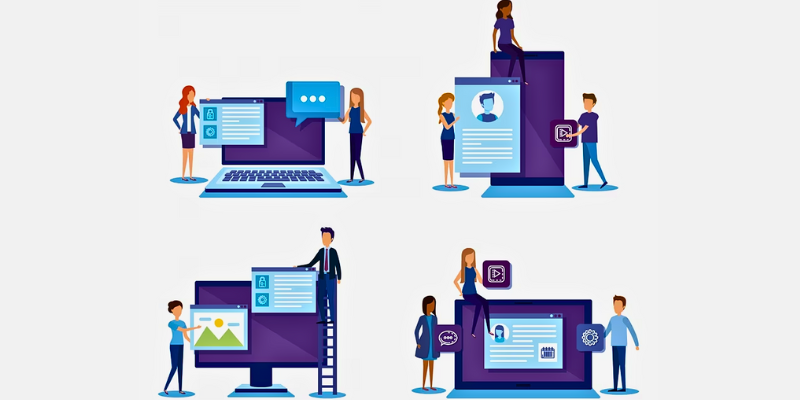
In a multi-user OS, several users can access various resources at the same time. This access can be provided using a common network between different personal computers attached to a single computer system. This way, many users can access a single machine at the same time.
Features:
- Resource sharing
- Time-sharing
- Background sharing
- Invisibility
Advantages:
- It helps the system share data among multiple users
- It lets the system share the hardware resources, such as printers.
- Users can easily share their work with others
- The services are systematic and stable
Disadvantages:
- It needs expensive hardware to set up
- Privacy becomes an issue since data is shared
- Overall performance can be affected since multiple users work in the same environment.
#5. RTOS
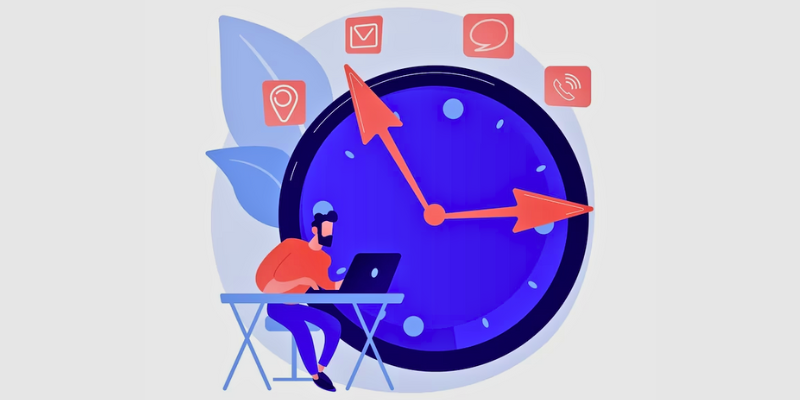
A Real-Time OS (RTOS) is an operating system that gives certain capabilities to real-time applications within a defined deadline. These systems are specially designed for devices like microcontrollers and critical systems.
Features:
- A small footprint means it is lightweight as compared to general OS
- These systems are highly responsive and fast
- It offers priority-based scheduling
- Timing information
Advantages:
- The utilization of systems and devices are maximum
- The time required to shift tasks is less
- It focuses on running applications
- The size of this system is small, and hence, it can easily be embedded in systems
Disadvantages:
- It can perform limited tasks
- The algorithm used is complex
- It performs minimal task switching
#6. Network Operating System
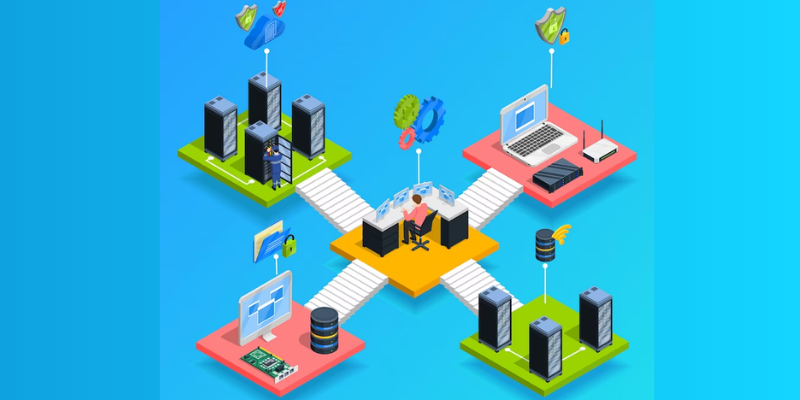
A network operating system is a system that connects several computers and devices on a given network and lets them share resources on the same network. It helps create and manage user accounts, control access to resources, provide communication among devices, and monitor the network.
Features:
- Database and file system sharing
- Creating backups
- Inter-networking
- Application and printers sharing one network
- Security features like access control and authentication
Advantages:
- It offers remote access to the servers from various locations
- It offers good security
- Highly stable
Disadvantages:
- High cost
- It requires regular maintenance
- Depends on a central location
#7. Distributed OS
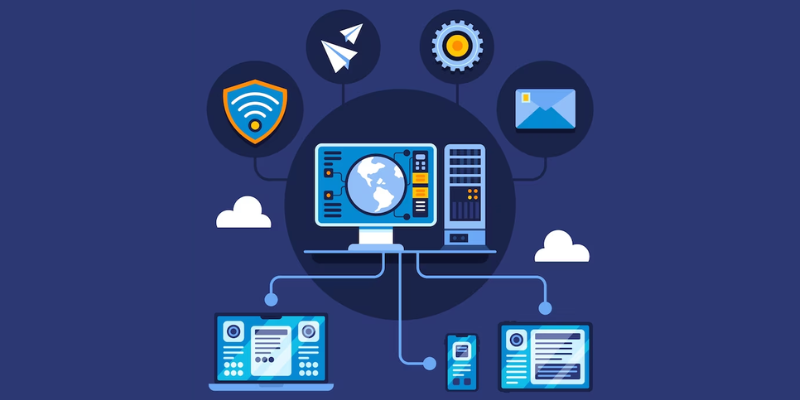
Distributed OS is a collection of several autonomous computers that are separated physically but connected using a centralized network that is equipped with distributed systems. Autonomous systems can communicate with each system by accessing and sharing files as well as resources and performing different tasks.
Features:
- Resource sharing
- Concurrency
- Scalability
- Fault tolerance
- Heterogeneity
- Transparency
- Openness
Advantages:
- The price-performance ratio is better
- It is flexible
- It has higher availability and reliability
- It offers extensibility
Disadvantages:
- If a node tries sending data simultaneously, the network becomes overloaded
- The relevant software is not currently available
- Due to easy access, security can be a problem
#8. Mobile OS

A mobile operating system is a system that allows tablets, smartphones, and other related devices to run programs and applications with ease. It gives an interface between the software functions and hardware components. It presents tiles, icons, information, application access, and more while switching on.
Features:
- Device management
- Processor scheduling or management
- Memory management
- Security like passwords, fingerprint scanning, etc.
- File management
- Detection of errors
- Tracking system performance
Advantages:
- It is user-friendly
- These are lightweight
- It enables users to customize their devices to fit their needs
- New updates are released frequently
Disadvantages:
- Most mobile OSes are designed to perform tasks for specific hardware, such as Apple iOS
- Mobile OS is vulnerable to security breaches
- Battery life is limited
- You need to manually upgrade hardware when a new version upgrade comes to market
#9. Embedded OS

An embedded operating system is designed to perform tasks for a specified device but not a computer. The primary goal is to execute the code that enables the device to perform its job. In addition, this system makes the hardware accessible to the software.
Features:
- Real-time operation
- Low manufacturing cost
- Tight design constraint
- Protection mechanisms
Advantages:
- It is portable
- The hardware requirement is less
- It is faster as compared to other OS
- It is highly predictable
Disadvantages:
- High modification is needed
- Customization requires more time
- Less optimization
#10. Virtualization OS
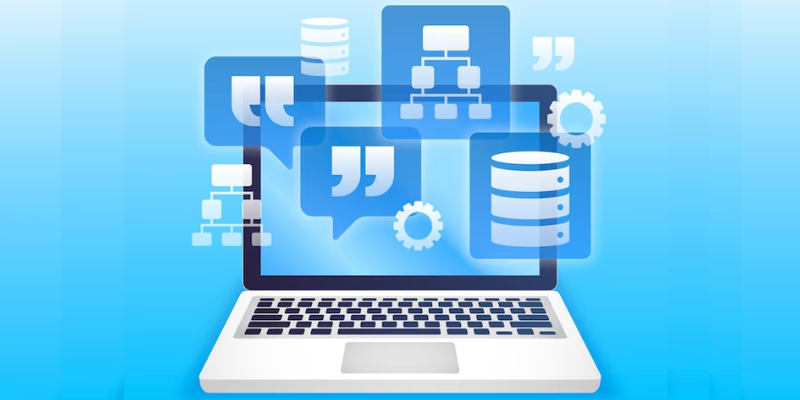
Virtualization OS refers to the use of software that simulates the hardware functionality in a virtual system. This enables IT organizations to operate several operating systems. It allows hardware to execute multiple OS images at a time.
Features:
- Resource allocation
- Lightweight
- Scalability
- Easy management
- Portability
- Security
Advantages:
- It allows greater resource efficiency
- It significantly reduces the cost
- The deployment is fast
Disadvantages:
- Since containers share a similar host OS, security risks are there
- Isolation is limited
- Set-up and management are complex, requiring more knowledge and skills
- The hardware access is limited
#11. Cloud OS
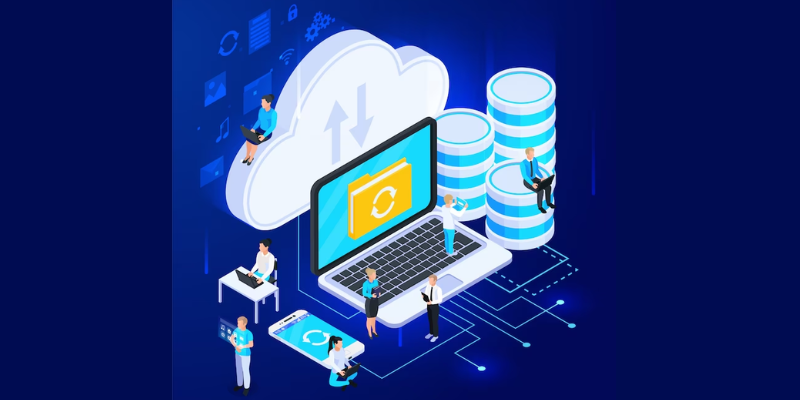
A cloud OS is designed to operate with virtualization and cloud computing environments. It manages the operation of multiple virtual machines. Its functionalities can vary depending on the cloud services and virtual environment in use.
Furthermore, it can manage the operation, execution, and processing of different virtual infrastructures, virtual machines, and virtual servers.
Features:
- It can be scaled easily based on demands
- Security features can be integrated, like 2-factor authentication, single sign-on, etc.
- Integrates many modern solutions
- It offers backup and restore features.
Advantages:
- It offers more flexibility since you can use it anywhere and anytime
- It allows developers to accelerate the development process with quick deployments
- You pay for the resources you choose, so, cost-efficient
- Easier accessibility from any device
Disadvantages:
- You will find it complex while integrating with existing systems
- There will be unforeseen expenses
- You need to be concerned about security risks like online threats and data privacy
- You can experience downtime in case of a natural disaster
Popular Operating Systems

Some of the most used operating systems across the world are as follows:
Windows OS
The Windows OS is a graphical operating system from Microsoft. It allows users to effortlessly use their computer systems and read and store data, connect to the internet, play games, watch videos, and run different applications. It is available for both professional and personal use.
According to StatCounter, it is the most used OS worldwide for personal computers, with a market share of 69.51%% as of July 2023.
macOS
macOS is a Unix OS developed by Apple Inc. It is used in Apple Mac computers. The performance of macOS is responsive and quick due to the optimization of the OS for specific hardware.
Moreover, it is the second most used OS worldwide in the personal computer category, with a market share of 20.44%.
Linux
Linux is the open-source OS that directly manages the system’s resources and hardware, like memory, storage, and CPU.
Linux OS sits between hardware and applications and allows physical resources and software connections to do the work. It comes after Windows OS and macOS in the worldwide OS usage of personal computers, with a market share of 3.24%.
Ubuntu
It is a Linux-based OS on Debian, mainly composed of open-source and free software. Ubuntu is released in desktop, core, and server editions for IoT devices and robots. It is a popular OS for cloud computing.
Android
Android is a Linux-based mobile OS that runs on tablets and smartphones. This platform uses Linux Kernel, a web browser, end-user applications, and a GUI. It uses Java language mainly to write its code and other languages.
The primary goal of Android is to provide a good experience to its end users, making it a highly efficient OS. It’s also the most used OS in the world in the mobile OS category, with a market share of 70.9%, according to StatCounter.
iOS
Apple iOS is a mobile operations system developed and marketed by Apple Inc. It powers Apple mobile devices and is the most installed mobile OS, after Android, with a market share of 28.36%, according to StatCounter. In addition, it provides cellular connectivity, Bluetooth, Wi-Fi, and VPN support.
Conclusion
Different types of OSes are available in the market, each with varying sets of features and functionalities as well as pros and cons.
So, if you want to choose the right operating system for your use case, thoroughly understand your needs and budget. You must pick an OS that can efficiently manage storage and memory, protects your privacy, secures your data, and fits your budget.
You may also explore free Operating Systems for penetration testing & digital forensics.

